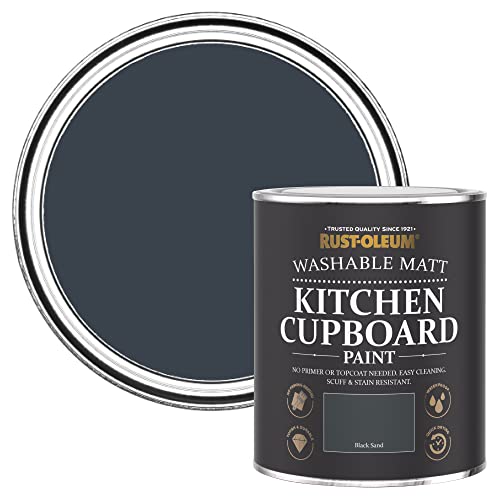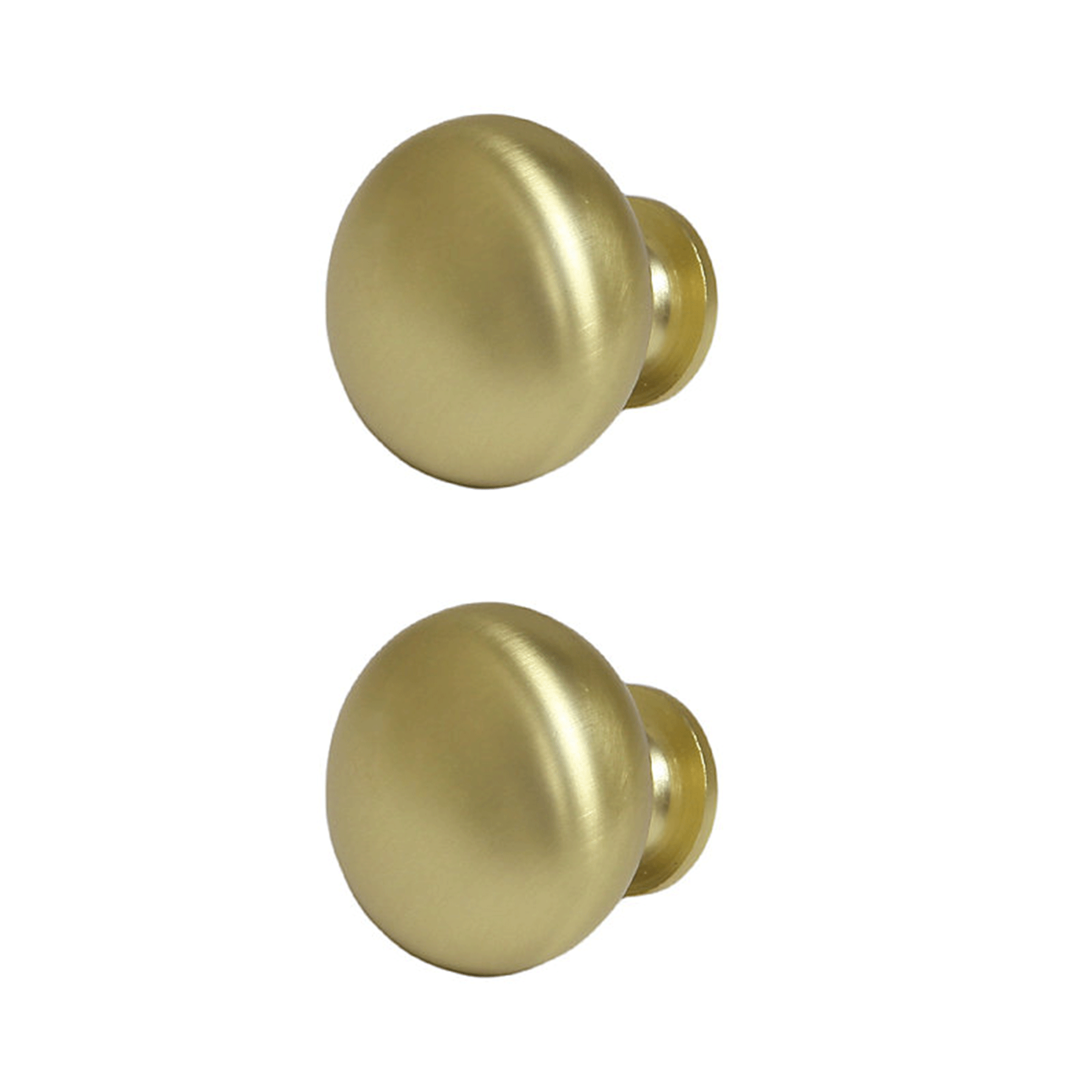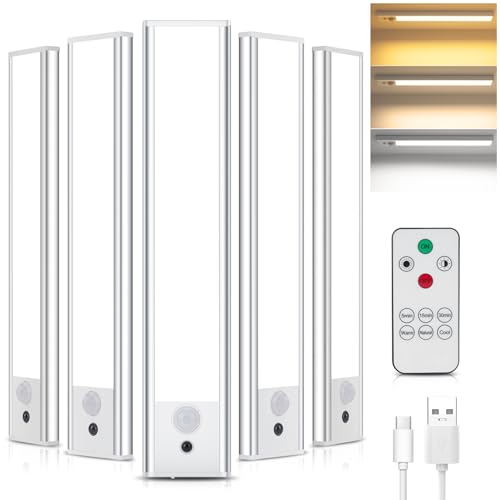7 clever hacks to make kitchen cabinets look expensive – and fake the stealth wealth look
Champagne tastes, lemonade budget? These clever hacks will help you fake it ‘til you make it!

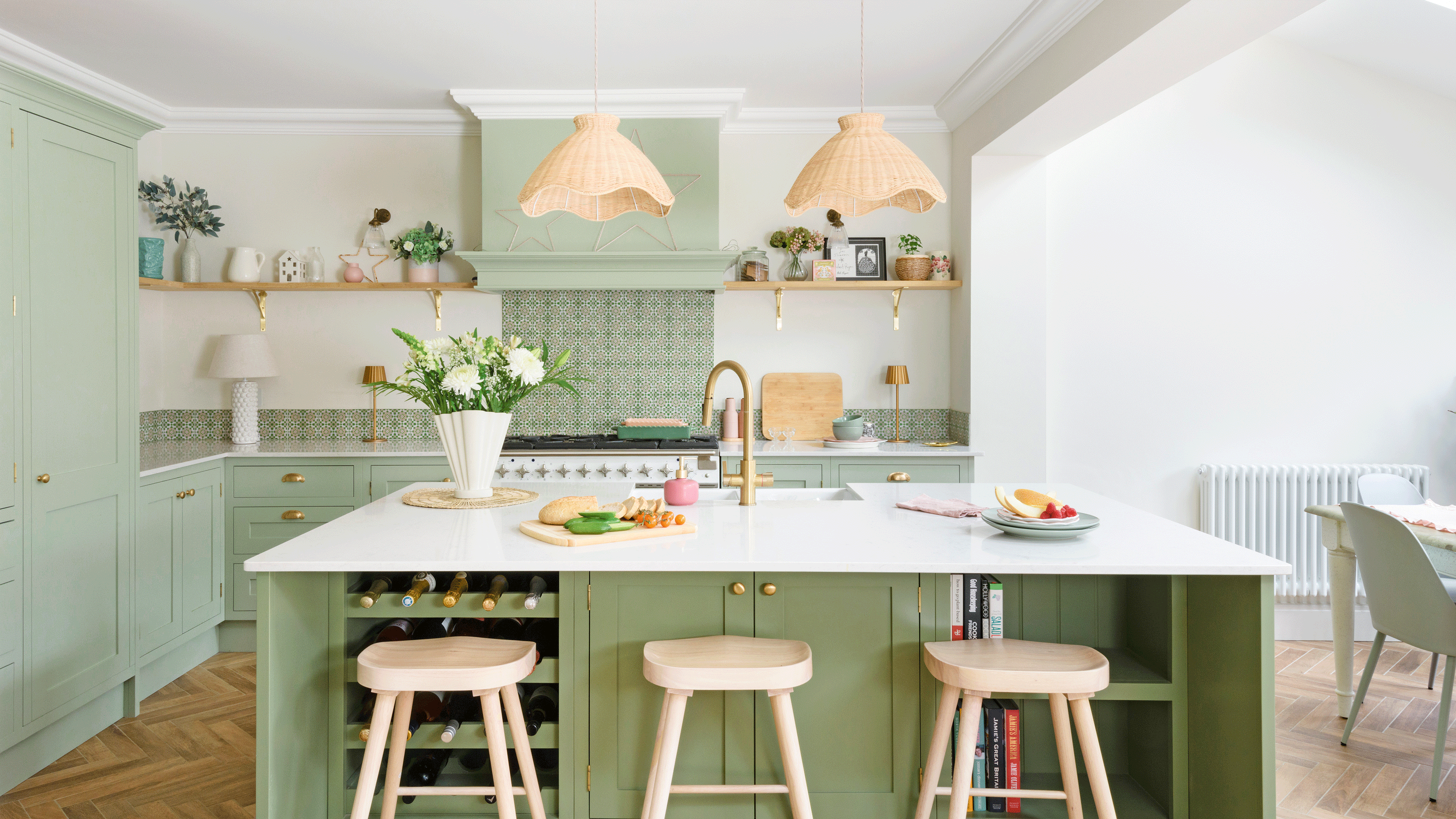
When it comes to giving your kitchen a style uplift, the cabinets are where it really counts. Whether you’re working with existing units or splashing out on a full redesign, a few clever tweaks can completely change how expensive your cabinets look and feel, regardless of the final figure on your invoice.
This edit of kitchen cabinet ideas focuses on the upgrades that make the biggest difference when it comes to achieving the stealth wealth look, which is all about quiet luxury. We’re talking understated design that feels expensive without shouting about it – Gwyneth in the softest cashmere versus Kim K dripping in diamonds!
From paint finishes to hardware swaps, these are the hacks to make your kitchen look expensive. No dramatic rip-outs required and absolutely no designer price tags. Just smart but subtle ways to get a more elevated, design-led result from the cabinets you have (or the ones you're planning).
Here are our top seven simple upgrades that can help your cabinets look quietly expensive and give a pricier kitchen a run for its money.
1. Choose matt finishes
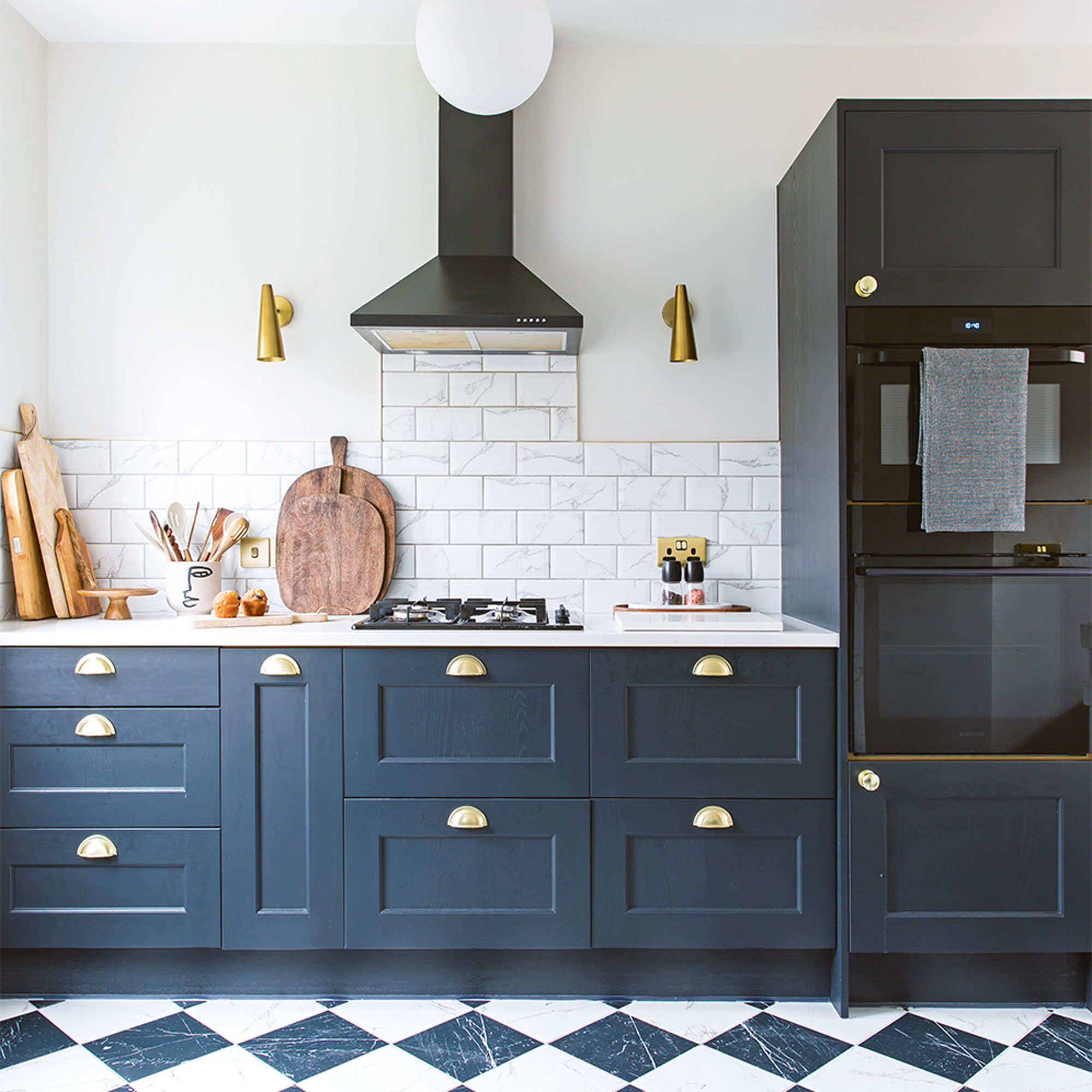
Glossy kitchens had their moment in the spotlight, but if you’re seeking a look that screams stealth wealth, matt is where it’s at. Flat, light-absorbing surfaces feel calm, understated and spenny – like those matt black supercars you see cruising along Park Lane.
‘Matt finishes give a sense of depth as light isn’t bouncing back at you, as it would be with a satin or gloss finish,’ explains Sebastian Aronowitz, founder of The London Kitchen Company. ‘This gives the material more complexity and, ultimately, lends a more premium feel overall.’
Matt finishes aren’t just about the looks; they’re also great at hiding fingerprints and easier to keep clean than glossy surfaces, making them a smart pick for busy homes. If you're shopping for new cabinets, look for super-matt options with a smooth, soft-touch texture. They feel as good as they look and instantly elevate your kitchen.
Sign up to our newsletter for style inspiration, real homes, project and garden advice and shopping know-how
Repainting old cabinets? Go for ultra-matt paint from brands like Farrow & Ball’s Dead Flat or Annie Sloan’s Chalk paint. ‘Hand painting can really bring a matt finish to life, the brushstrokes offer a little variety which in turn adds to the sense of depth,’ adds Sebastian.
Tip: Opt for deeper, richer colours in matt, like army green, charcoal or royal blue, for a really high-end vibe.
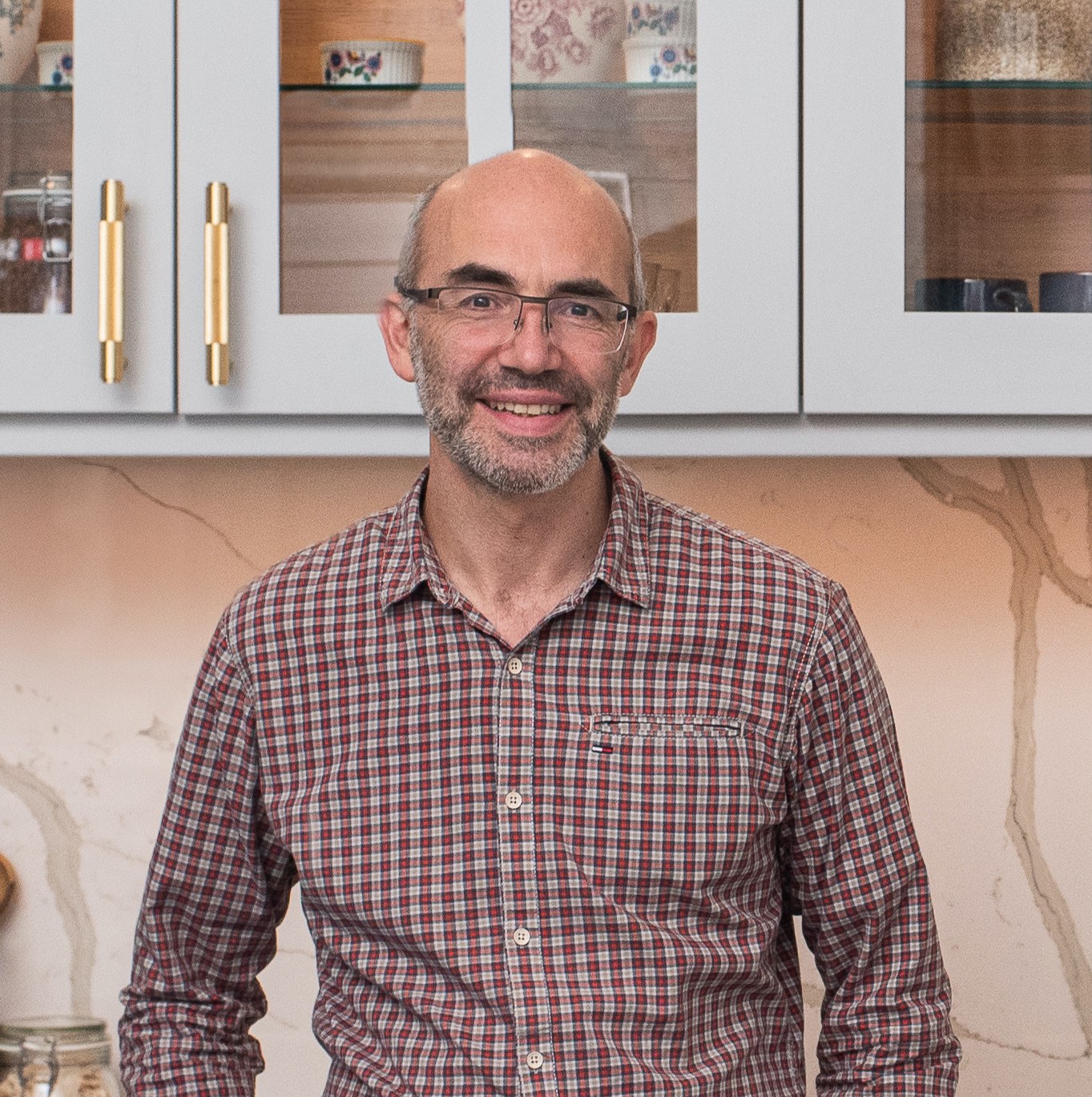
Sebastian founded The London Kitchen Company in 2008, following a career in cabinet making and a childhood love of tinkering. Inspired by theatre set building, and time in France and Spain, he designs bespoke kitchens that blend functionality with creativity, uniquely focusing on clients’ lifestyles and challenges.
2. Upgrade your worktops
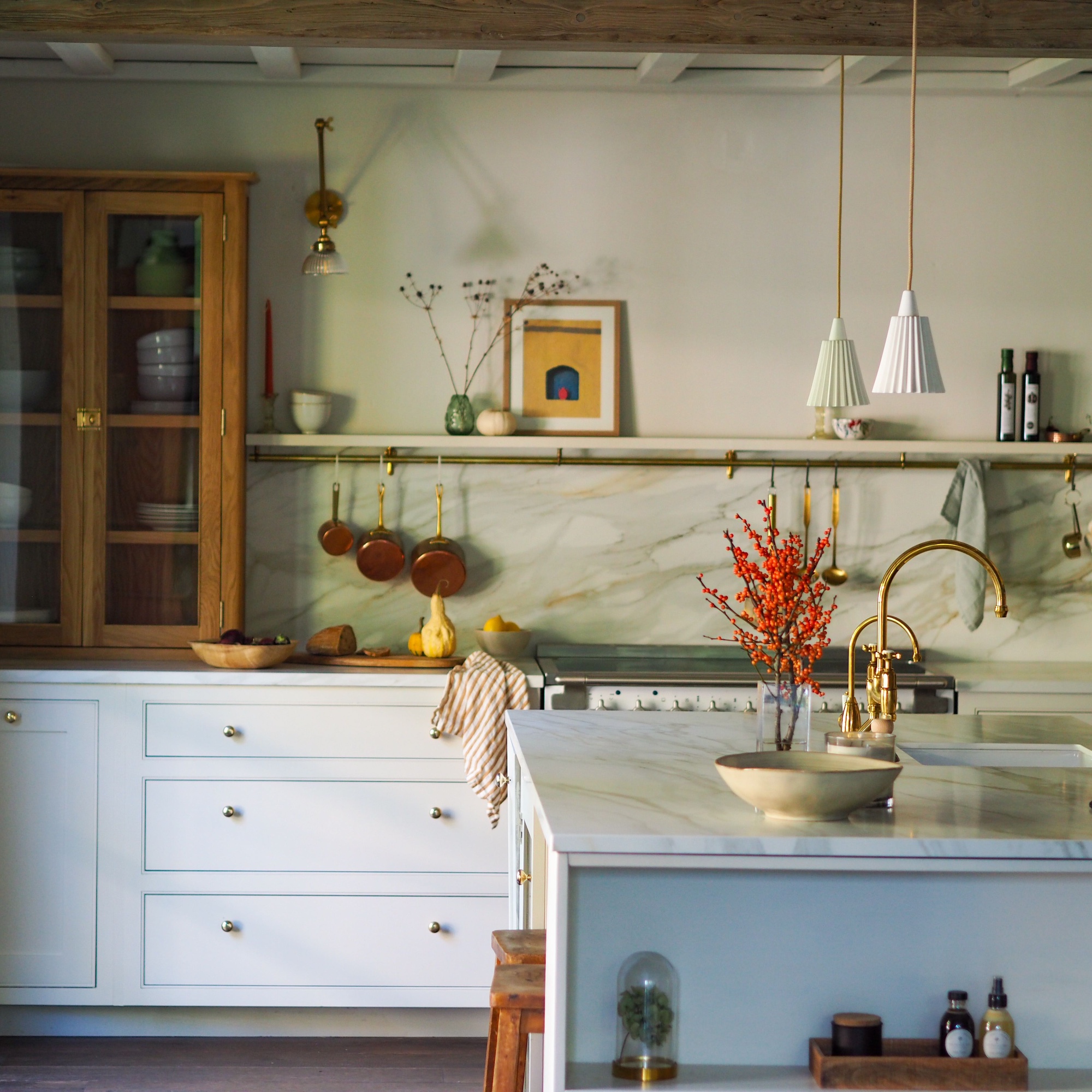
You don’t need designer cabinets to get an upmarket look. If you upgrade your surfaces and worktop ideas to create a luxurious feel overall, cheap cabinets will get an instant poshness boost by association.
‘A luxurious worktop or splashback can absolutely transform the look of budget cabinets, instantly lifting the whole space and making it feel far more luxurious,’ agrees Looeeze Grossman, founder of The Used Kitchen Company. ‘A lot of it is down to contrast, combining a simple cabinet with materials such as quartz, porcelain, or marble is often the best investment to give your kitchen that wow factor.’
You don’t even need to splash out on luxury worktops everywhere. A single slab of beautiful marble used as a splashback, especially above the cooker or behind the sink, can become a striking focal point that instantly elevates the entire kitchen, cabinets included. Even a short upstand or wraparound splashback in a premium material will give your kitchen that curated edge – and it’s easier to upgrade than a whole set of units.

Looeeze Grossman founded The Used Kitchen Company in 2005 to prevent used and ex-display kitchens from ending up in landfill. TUKC now sells for over 1,400 showrooms, saving nearly 40,000 tonnes of waste. A sustainability leader, she
3. Switch handles and knobs
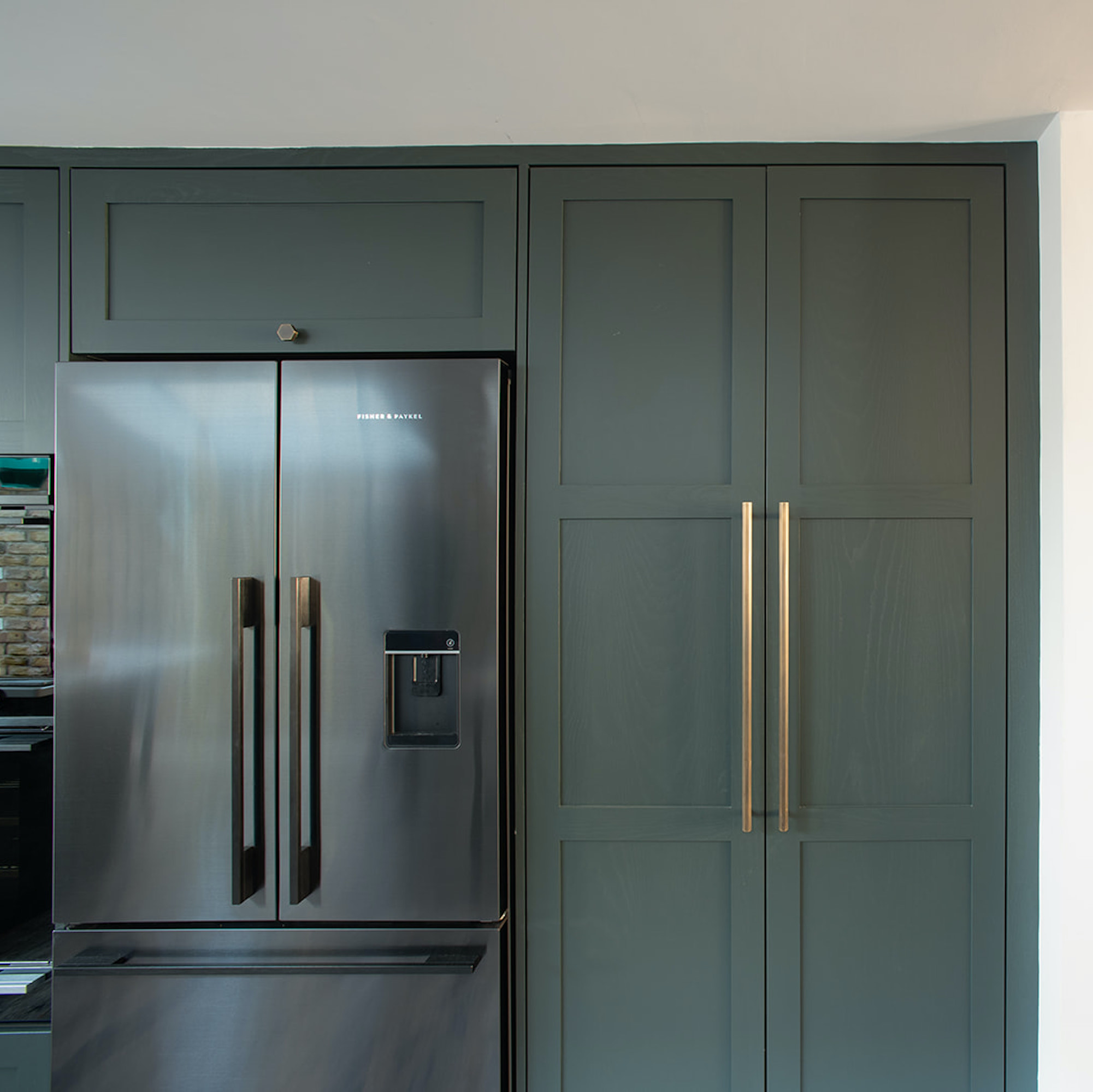
Swapping in new cabinet handles is quite possibly the easiest upgrade you’ll ever make, and one of the most transformative. Just like a great pair of earrings or a designer bag, smart hardware can add a touch of refinement to the most basic of cabinets.
‘Handles can make a huge difference to the overall look and feel of the kitchen; try not to play into anything that’s very on-trend as it will tend to date very quickly, which can then cheapen the look of the space,’ advises Sebastian Aronowitz. ‘Instead, look for handles with characterful details: a ridged knob, a fluted bar, or a patina that deepens over time.’
The material and construction of a handle are the biggest giveaways when it comes to quality. Mass-produced versions are often die-cast from lightweight zinc alloy, whereas solid brass handles have a noticeably heavier, denser feel. Weight is a big clue. The heftier it is, the more likely it’s made from a quality material. Always opt for handles that feel sturdy and substantial in your hand; you should sense that quality every time you open a cupboard door.
‘Small, design-focused companies that specialise in a particular type of look often have a wonderful array of styles and can be more affordable than you might think. There’s huge competition in this area, and it is well worth hunting around,’ adds Sebastian. ‘Alternatively, scour antique shops and vintage markets to find something really unusual. Old furniture could be holding onto some interesting handles which you could re-purpose and your cabinets will be entirely unique.’
Tip: Brands like Plank Hardware (available at B&Q), Dowsing & Reynolds and Corston Architectural Detail are goldmines for well-made, stylish options.
4. Blend in your appliances
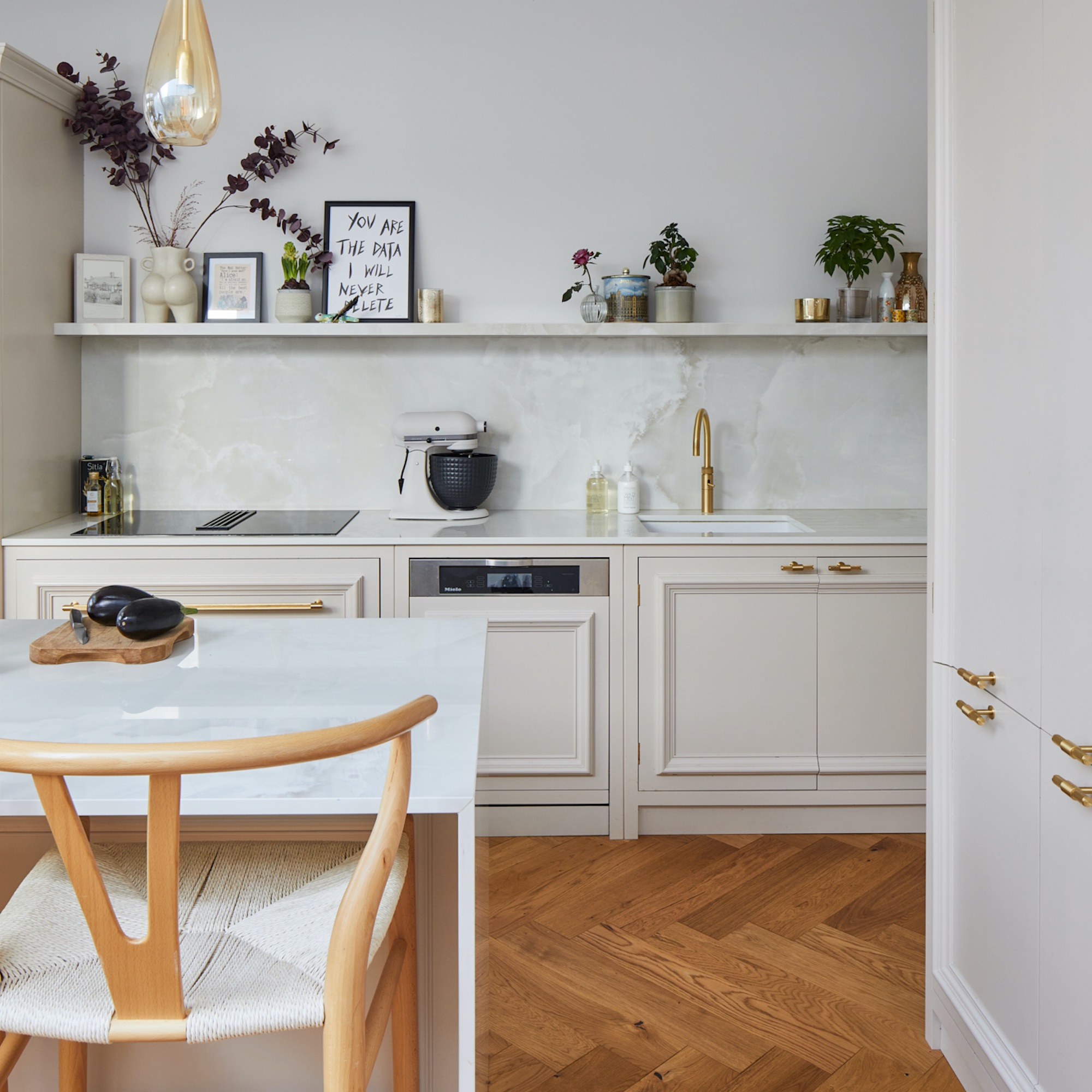
Nothing says proper posh quite like a kitchen where the appliances blend into the background. Interrupting a run of units with a freestanding dishwasher or washing machine just looks old fashioned and a bit ‘student accommodation’, which is OK if you are an actual student, but not so great if you’re (allegedly) all grown up!
Whether they’re fully concealed behind cabinet doors or sleekly integrated within a run of units, built-in appliances create that seamless, considered look that defines stealth wealth. ‘If you’re planning from scratch, opt for built-in wherever possible: flush hobs, built-in ovens and fridge-freezers behind cabinet doors. Even extractor fans can be boxed in or tucked behind shallow cabinetry,’ says Looeeze.
But even if you're stuck with freestanding models, you can still create a more stylish setup. Tuck your fridge into a tall housing unit, hide your dishwasher behind a false panel, or add plinths and side returns so everything feels a little more ‘fitted’.
It’s all about visual cohesion and making your kitchen cabinets feel tailored and sleek, even if you’re working with off-the-shelf products. The stealth wealth kitchen is about looking like money, without spending it like you’ve got a secret trust fund.
5. Ditch the wall cabinets
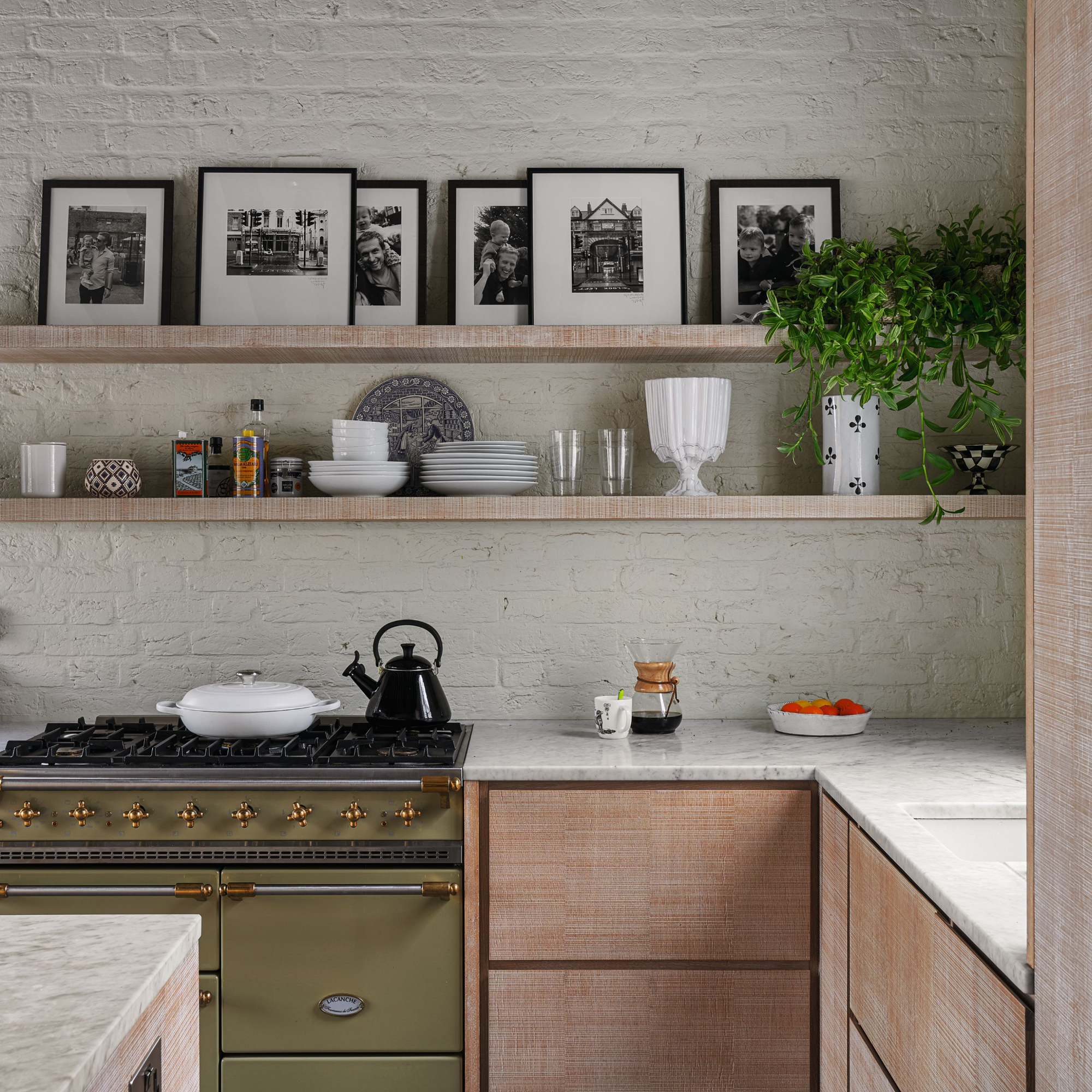
Another easy way to channel the designer look is to give your kitchen cabinets ample space to breathe. Sacking off the wall units, or at least some of them, instantly opens up the space, making it feel airier and more modern. ‘Open shelves have become a popular look for high-end kitchens but it’s an easy one to mimic on any budget,’ says Looeeze Grossman.
Just be warned, messy open shelving is not the stealth-wealth look you’re going for. ‘The best way to approach open shelving is with intentional design – i.e. you need a plan,’ says Looeeze. ‘Display your favourite ceramics or glassware, showcase attractive jars of regularly used ingredients, or framed photos or small house plants. No matter what, the key is to keep it neat and consistent.’ Thoughtful curation is everything. Aim for edited, not cluttered, when styling your open shelves.
Tip: Concealing LED strip lighting under the shelf will make the whole space sparkle like a fancy display in a boutique kitchen showroom. You can pick up under-cabinet strip lighting for around £30 on Amazon.
6. Do a full colour drench
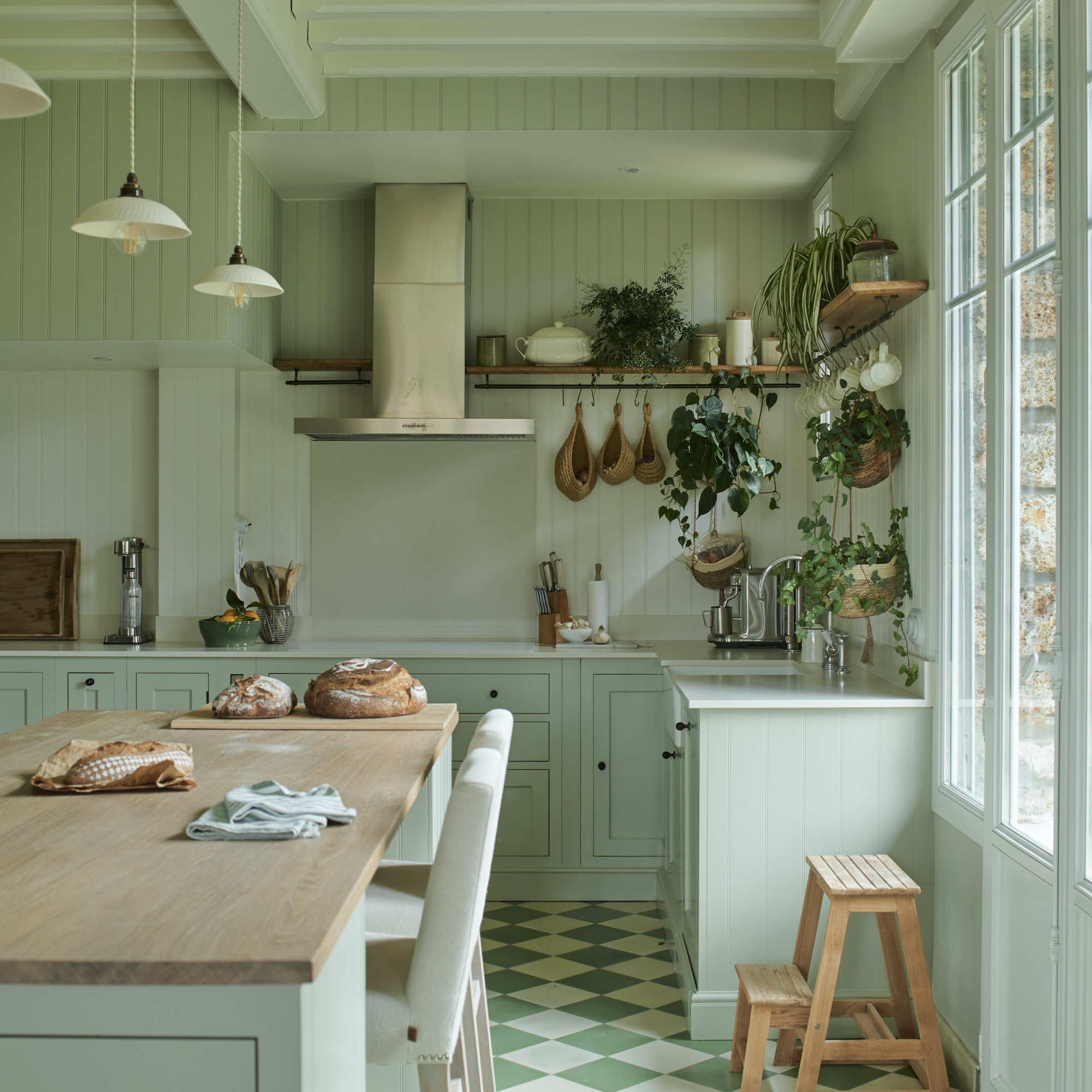
Colour drenching – painting your cabinets, walls and even skirtings in one hue – is a trick borrowed straight from high-end interior designers’ playbook. It’s a shortcut to chic and you don’t need to use designer paint to get the look (unless you want to).
‘Painting the walls and units all the same colour is not only visually pleasing, but it also creates a sophisticated look that is clean and stylish,’ says Looeeze Grossman A continuous flow of colour across cabinets, walls, woodwork – even the ceiling – creates a sense of effortless elegance. ‘In contrast, introducing a different colour can often break up the space and make the kitchen feel smaller and more disjointed,’ says Looeeze.
Neutral tones and pale shades definitely work best when looking to create this one colour look, according to Looeeze. ‘They create a scene of timeless elegance without detracting from the detail of the kitchen itself,’ she explains. ‘Bolder more statement-making colours can also be really impactful but be aware that they can overwhelm, especially in smaller kitchens.’
Tip: Use a hardwearing eggshell or kitchen-grade matt on the walls, and choose cabinet paint in a slightly stronger version of the same colour for tonal harmony with a little definition.
7. Lean into cabinet lighting
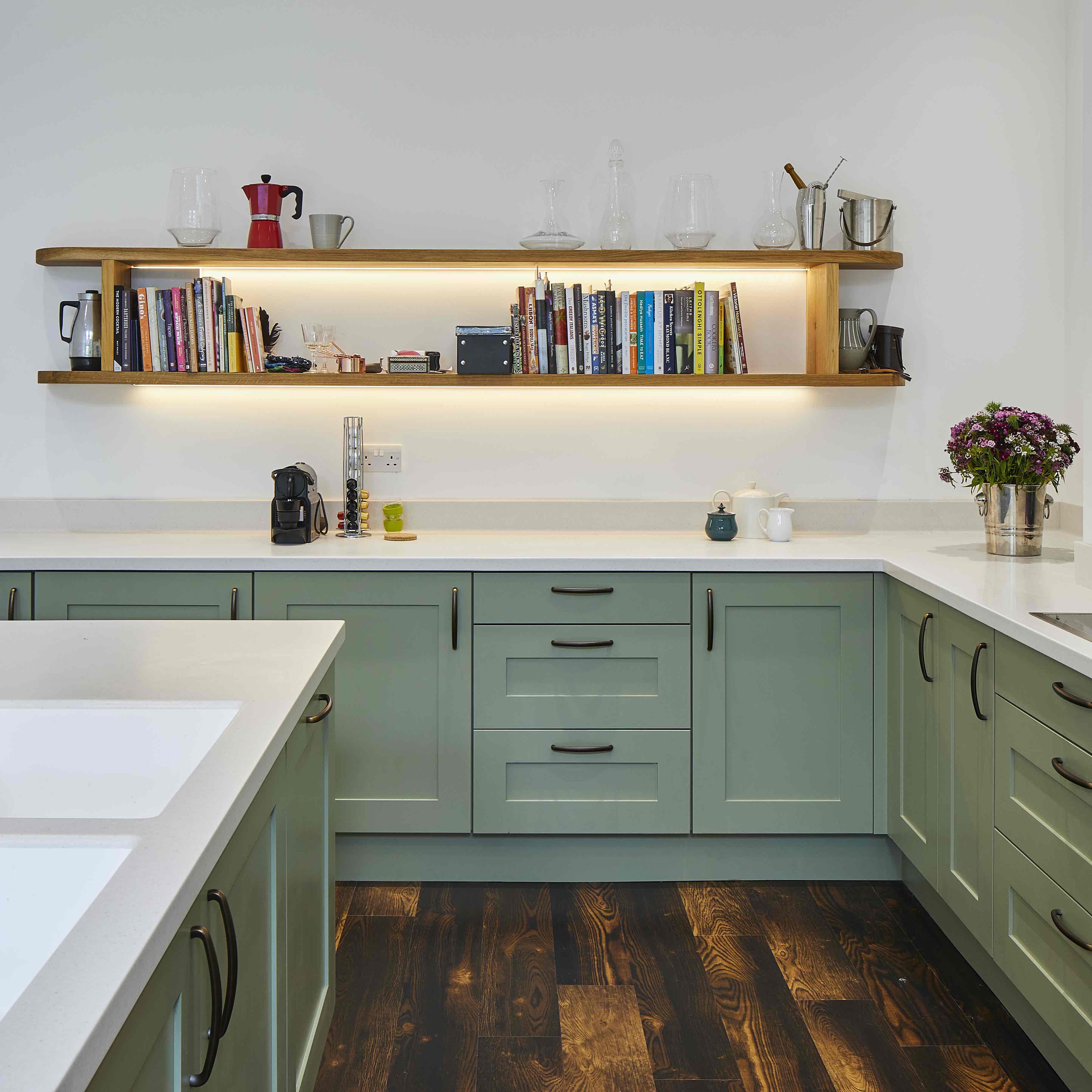
If you want your kitchen to whisper wealth, kitchen lighting ideas are your BFF. Well-placed LEDs add depth, mood and function, and can make even a modest kitchen feel bespoke.
‘When it’s done well, lighting can completely elevate a space,’ says Sebastian Aronowitz. ‘Well considered lighting creates a coherent look and feel to cabinets, which adds a more premium touch.’
Start with under-cabinet LED strips. If possible, choose COB dotless versions for a continuous, seamless glow. ‘You want the light to bounce off the wall evenly, so think about the spacing around the lights to get a consistent look around tall cabinets and walls,’ adds Sebastian.
‘It can also be very effective to light the interior of one or two cabinets – a tall larder or pantry cabinet works particularly well. Triggered by a discreet sensor, it’s a small detail that brings a real sense of care and quality every time you open the door.’
While it’s easier to fit cabinet lighting during a new install, it can be a retrofit luxe-up if you go for stick-on rechargeable lighting, which is more effective than you might imagine and can last for ages between charges.
How can I reduce the cost of my kitchen cabinets?
You can reduce the cost of kitchen cabinets by taking on some of the construction work yourself. Flat-pack or ready-to-assemble carcasses don’t have the best reputation, but some kit-form cabinets are better than others. Do your research and read customer reviews. You can improve their robustness by adding extra or stronger glue, as well as more screws and joint supports during assembly. Then upgrade the doors and handles for a more premium look.
Choosing a simpler door style, such as a flat slab or Shaker, which costs less to manufacture than intricate designs, can also help reduce your overall budget. Sticking to standard sizes wherever possible and avoiding custom dimensions is another savvy money-saving move. Avoid fancy internals like integrated bins and corner mechanisms as much as possible – internal upgrades can quickly add up.
Sebastian Aronowitz, of The London Kitchen Company, suggests mixing in some inexpensive vintage finds. ‘Sourcing an antique dresser to store your plates or re-using a vintage table as an island will help cut your cabinet tally,’ he says. ‘It’s a more sustainable and often more affordable way to update your kitchen and can help create a space that’s really unique.’
Shopping list
Cabinets are one of the biggest investments in your kitchen, but they don’t have to be huge financial outlay. Got the money-saving bug? We’ve got plenty more budget kitchen ideas to help keep those pennies in your pocket.

Linda Clayton is a professionally trained journalist, and has specialised in product design, interiors and fitness for more than two decades. Linda has written for a wide range of publications, from the Daily Telegraph and Guardian to Homes & Gardens and Livingetc. She has been freelancing for Ideal Home Magazine since 2008, covering design trends, home makeovers, product reviews and much more.
